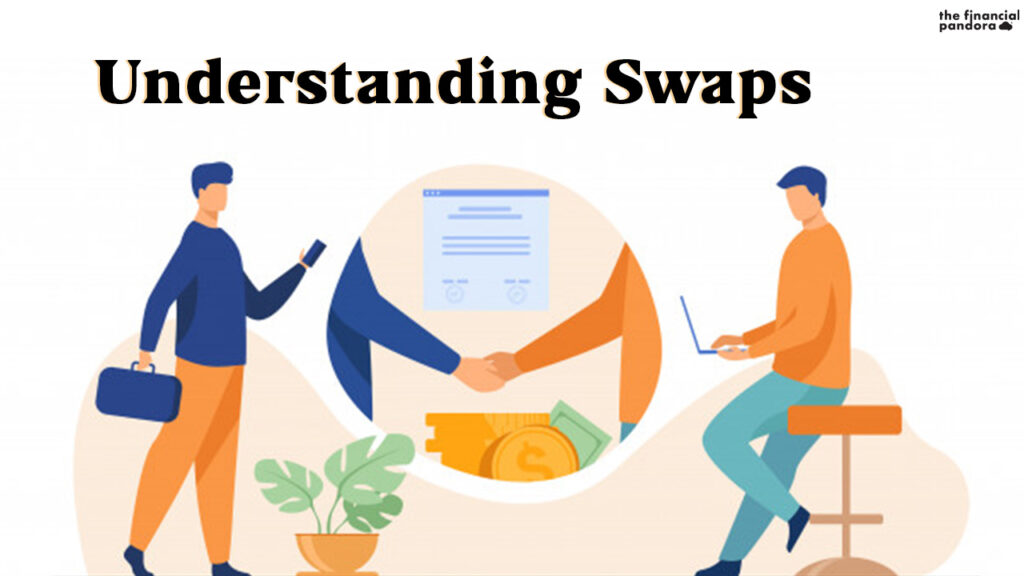The cash flow element of both parties is called ‘leg’ The cash flow could be fixed or variable in nature.
Therefore, there are two legs in a swap contract, one or both of which could be variable in nature but, both cannot be fixed.
The parties decide to take up swaps for two main reasons, i.e.
i. Commercial needs: When the nature of the business of the company leads it to have a certain exposure to risk which the company wishes to hedge by using swaps.
ii. Comparative advantage: When a firm has an advantage in borrowing in a certain market but it is not desirous for the company to have such financing, it can acquire its desired kind financing by entering into a swap.


